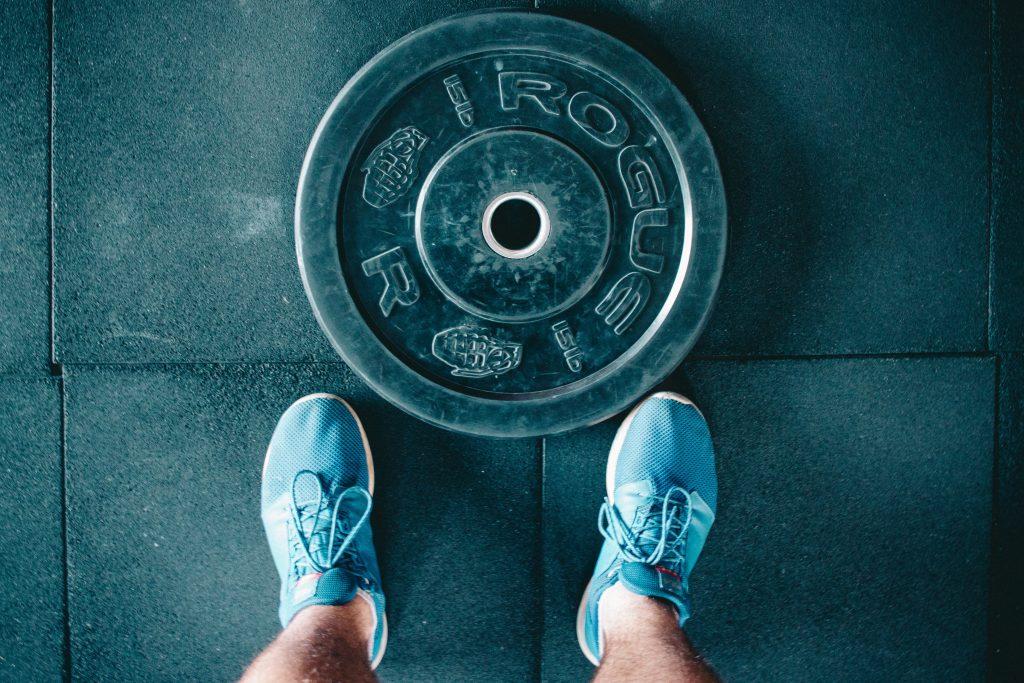Chronic pain: a shadow that steals joy from movement, casts a pall over daily life, and can feel like an uninvited tenant forever dwelling in your body. While a doctor’s visit and personalized plan are always crucial, certain key exercises can be your first line of defense – your pain-crushing SWAT team! So, if time constraints or limitations make choosing exercises a battlefield, here’s the intel you need: if you only do “5” exercises, prioritize these pain-free powerhouses.

The “Big 5” of Pain Prevention
These five exercises, like loyal bodyguards, stand guard against aches and pains, promoting strength, flexibility, and posture – the holy trinity of pain-free movement. Choose them, master them, and watch your pain retreat like a vampire caught in sunlight.
1. Pilates: More than just fancy stretches, Pilates strengthens your core, improves posture, and boosts flexibility – all critical factors in preventing back pain, neck tightness, and even joint discomfort.
Benefits of Pilates for Pain Management:
- Stronger core: A robust core provides stability and support for your spine, reducing stress on muscles and joints that contribute to pain.
- Improved posture: Poor posture strains muscles and creates imbalances, leading to tension and aches. Pilates helps you develop proper alignment, alleviate pain, and prevent future problems.
- Increased flexibility: Tight muscles limit movement and can contribute to pain. Pilates poses gently lengthen and stretch your muscles, improving your range of motion and reducing stiffness.
- Stress reduction: Stress can exacerbate pain. Pilates’ meditative nature and breathing exercises promote relaxation, managing both pain and stress.
2. Walking: Simple yet powerful, walking is a low-impact exercise that’s gentle on your joints. It offers numerous benefits for pain management, including:
Benefits of Walking for Pain Management:
- Improves cardiovascular health: Regular walking strengthens your heart and lungs, improving circulation and reducing inflammation, which can contribute to pain.
- Increases muscle strength: Walking engages various muscle groups, leading to improved strength and stability, which can help support your joints and reduce pain.
- Boosts mood: Exercise releases endorphins, which have mood-boosting effects. Walking can help reduce stress and anxiety, which can worsen pain perception.
- Promotes weight management: Maintaining a healthy weight reduces stress on your joints, helping to prevent and manage pain.
3. Swimming: The buoyancy of water takes the pressure off your joints, making swimming a perfect option for those with joint pain. It also offers several other pain-relieving benefits:
Benefits of Swimming for Pain Management:
- Gentle on joints: Swimming minimizes stress on your joints, making it an excellent choice for individuals with conditions like arthritis.
- Full-body workout: Swimming engages all major muscle groups, leading to improved strength and flexibility, which can help manage pain.
- Cardiovascular benefits: Like walking, swimming strengthens your heart and lungs, improving circulation and reducing inflammation.
- Stress relief: The calming environment of the water and the repetitive nature of swimming can promote relaxation and stress reduction, improving pain management.
4. Yoga: Combining physical postures, breathing exercises, and meditation, yoga offers a holistic approach to pain management.
Benefits of Yoga for Pain Management:
- Improves flexibility: Yoga poses stretch and lengthen your muscles, increasing your range of motion and reducing stiffness, which can contribute to pain.
- Strengthens muscles: Yoga poses also engage various muscle groups, leading to improved strength and stability, which can support your joints and reduce pain.
- Reduces stress: Stress can exacerbate pain. The meditative nature of yoga and breathing exercises promote relaxation and stress reduction, helping to manage pain perception.
- Improves balance: Yoga poses require balance and coordination, which can help prevent falls and injuries, both of which can lead to pain.
5. Tai Chi: This gentle form of exercise combines slow-motion movements with deep breathing and meditation, offering effective pain management through several mechanisms:
Benefits of Tai Chi for Pain Management:
- Improves balance and coordination: Tai Chi movements focus on balance and stability, reducing the risk of falls and injuries.
- Reduces stress and anxiety: The meditative nature of Tai Chi promotes relaxation and stress reduction, which can help manage pain perception.
- Increases flexibility: Tai Chi movements gently stretch and lengthen your muscles, improving your range of motion.
- Improves body awareness: Tai Chi helps you become more aware of your body’s movements and sensations, allowing you to identify and address potential problems before they cause pain.
Remember: While these exercises offer significant pain relief benefits, their effectiveness can vary depending on the individual and the type of pain they experience. Consulting a physical therapist or healthcare professional can help you tailor an exercise program to your specific needs and ensure you’re performing the exercises safely and effectively.
Pair your pain-free exercises with a little energy boost. Try our SUPER FUEL STICKS. It is a sparkling natural energy drink mix crafted with plant-based caffeine and fortified with vitamins, minerals, nootropics, electrolytes, and antioxidants.





